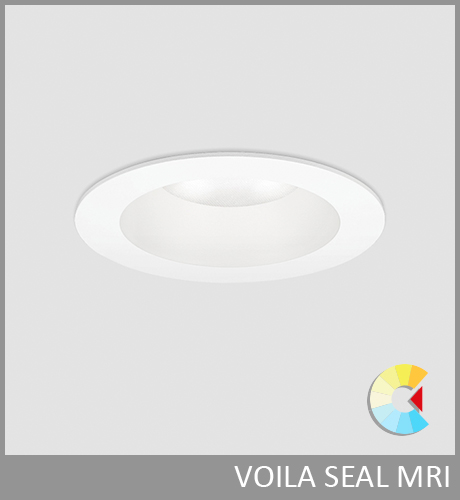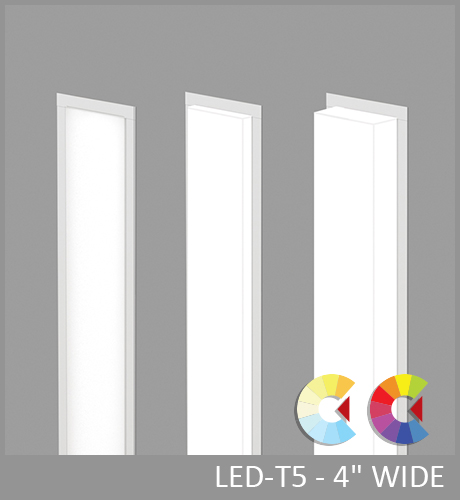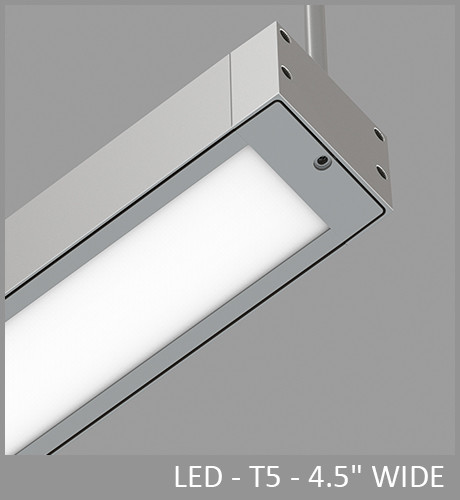- Products
- Product Finder
- DOWNLIGHTS
- RECESSED
- AERA 2″ DEEP

- AERA 2″ DOWNLIGHT

- AERA 3″ DEEP

- AERA 3″ DOWNLIGHT

- AERA 3″ FLEX CYLINDER

- AERA 4″ DOWNLIGHT

- Aera EchoCore™

- CAVA

- CAVA-T
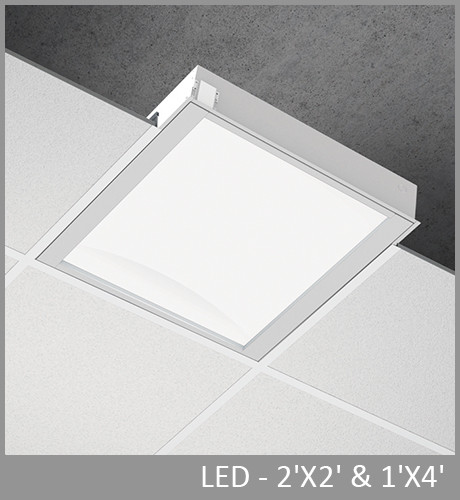
- CLUSTER DOWNLIGHT

- CLUSTER PARABOLIC

- Cluster Pi

- CLUSTER WALL WASH

- CURVIA 2 PRISM

- CURVIA 2, CURVIA 3, CURVIA 4

- ECANA 3″ DOWNLIGHT

- ECANA 4″ DOWNLIGHT

- ECANA 6″ DOWNLIGHT

- HEMI

- MEDICO
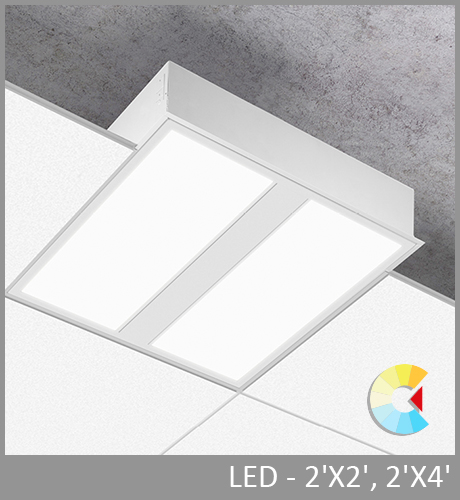
- MEDICO PLUS

- MIKRO

- MINI PIVOT

- MINI PIVOT FIXED LINEAR

- NOVA

- PIVOT

- POLY
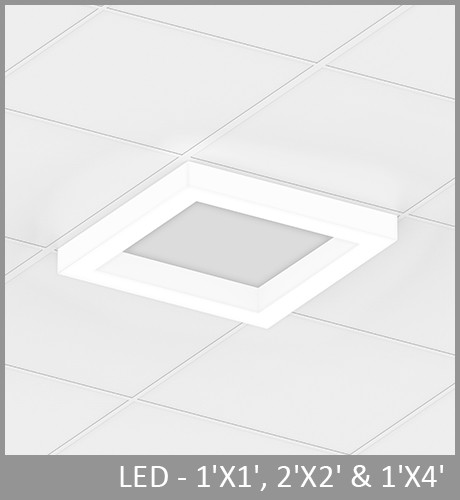
- Pop EchoCore™

- POP RECESSED

- POP RECESSED ACOUSTIX

- POP RECESSED REGRESSED ROUND

- POP RECESSED REGRESSED SQUARE AND RECTANGULAR

- PRIMO

- RIZE

- SHALO 3 S

- SHALO 3 V and T

- SHELL ROUND
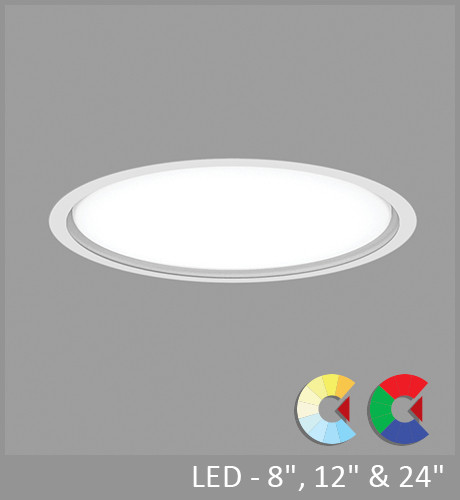
- SHELL SQUARE

- SIDEVIEW

- SQUERO

- SQUERO COMBINATIONS

- UBIK

- UBIK COMBINATION

- UBIK CUBE

- UBIK PERIMETER

- UBIK SEAL

- UBIK SEAL PERIMETER
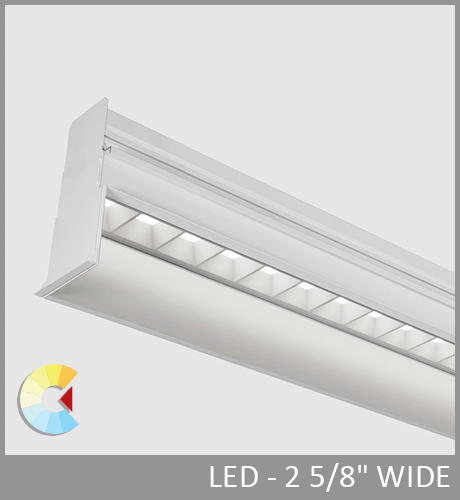
- UBIK SEAL TROFFER

- UBIK TROFFER
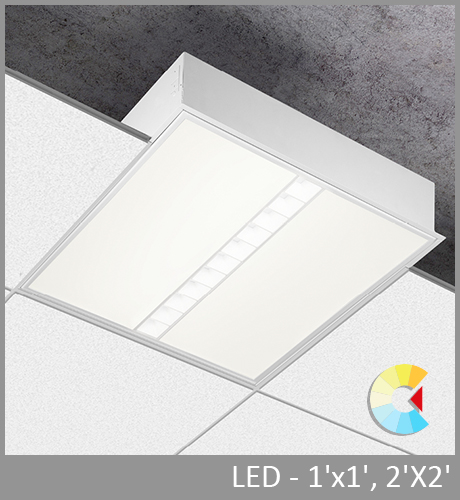
- VEGA

- VIA 1.5

- VIA 2

- VIA 2 PRISM

- VIA 2 PRISM COMBINATION

- VIA 3

- VIA 4

- VIA 5

- VIA PERIMETER
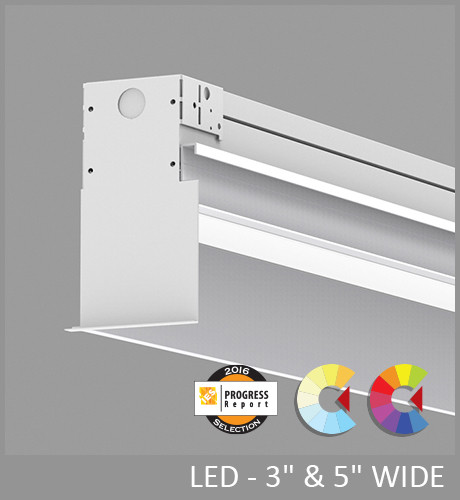
- VIA SEAL

- VIA SKIM

- VIA SPLASH – IP66

- VIA WET

- VOILA 2

- VOILA 4

- AERA 2″ DEEP
- SURFACE
- AERA 2″ CYLINDER

- AERA 3″ CYLINDER

- AERA 3″ FLEX CYLINDER
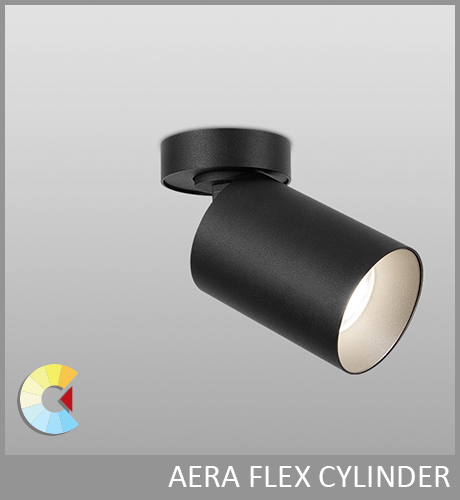
- AERA 4″ CYLINDER
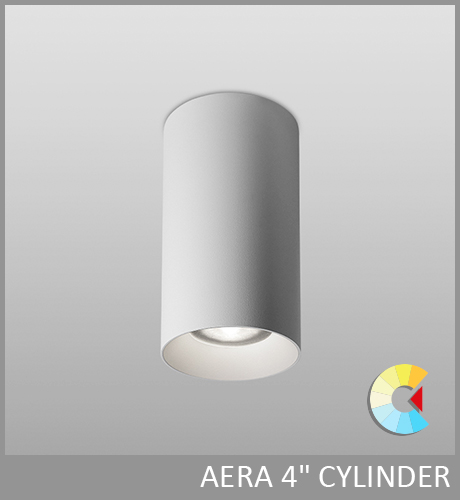
- AERA 4″ SEAL CYLINDER
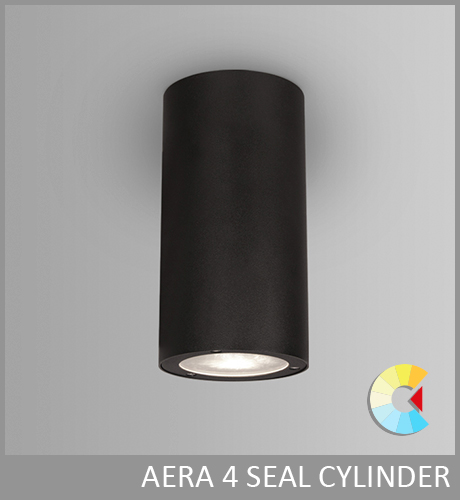
- AERA 5″ CYLINDER

- AERA INFLEX CYLINDER

- CAVA

- Cluster Pi
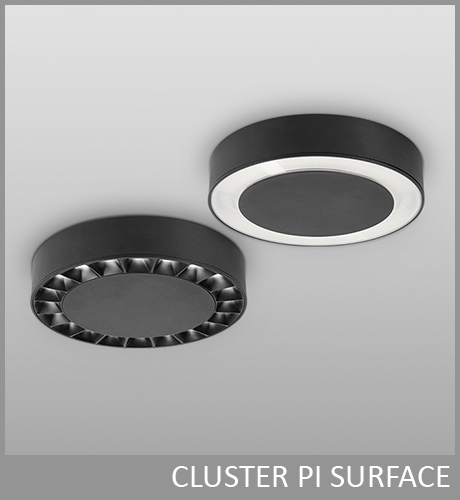
- CLUSTER SURFACE

- CUBITO

- CURVIA 2 PRISM

- CURVIA 2, CURVIA 3, CURVIA 4

- CURVIA MINI
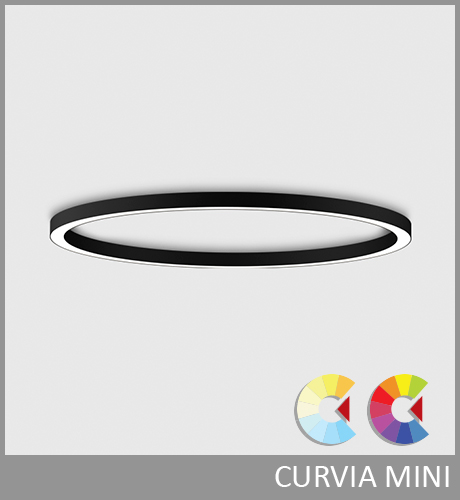
- Dot, Box, Dot Cylinder

- FLAIR CYLINDER

- FORTEX

- MIKRO

- MIKRO PLUS

- MINI PIVOT

- MINI PIVOT FIXED LINEAR

- NOVA

- PIVOT

- Petite Cylinder

- POP COLOR
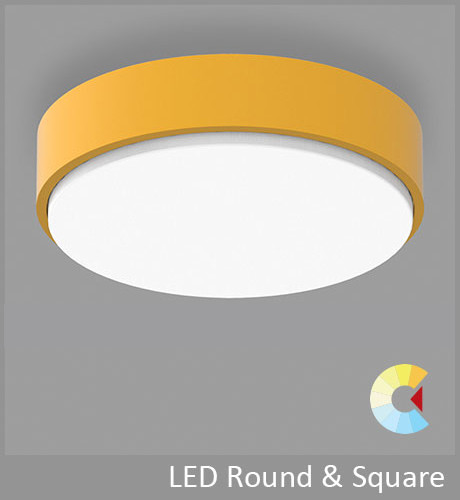
- POP CORE

- Pop EchoCore™

- PRIMO

- QUAD

- SHELL LINEAR

- SHELL ROUND

- SHELL SQUARE

- SQUERO

- SQUERO COMBINATIONS

- VEGA

- VIA 1.5

- VIA 2

- VIA 2 PRISM

- VIA 2 PRISM COMBINATION

- VIA 3

- VIA 4

- VIA 5

- VIA SEAL

- VIA SPLASH – IP66

- VIA WET

- VOILA 2

- VOILA 4
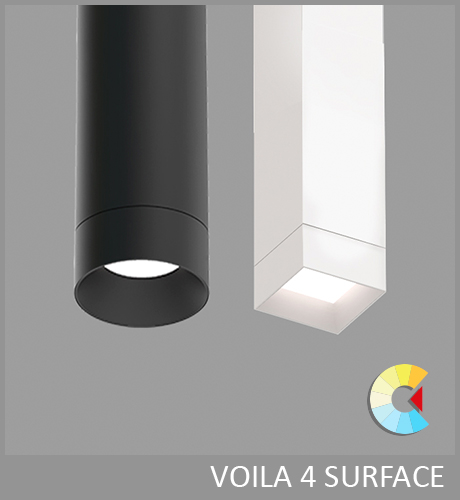
- WALO

- AERA 2″ CYLINDER
- PENDANT
- AERA 2″ CYLINDER

- AERA 3″ CYLINDER

- AERA 3″ FLEX CYLINDER

- AERA 4″ CYLINDER

- AERA 4″ SEAL CYLINDER

- AERA 5″ CYLINDER

- AERA INFLEX CYLINDER
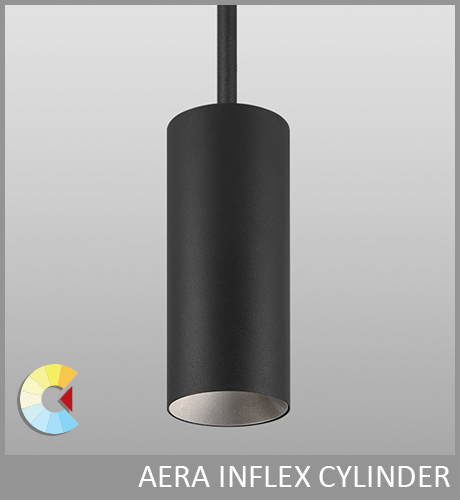
- ARQ ACOUSTIX

- ARRO 2
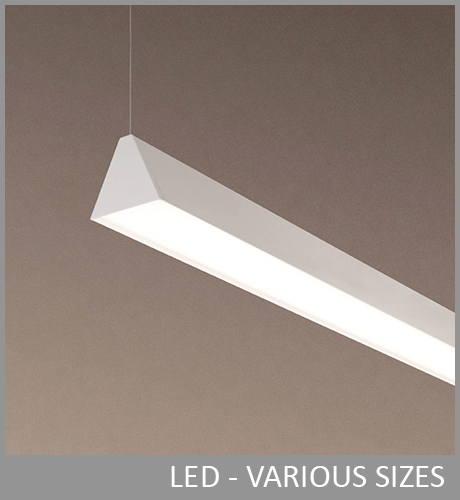
- ARRO 4

- ARRO 4 ACOUSTIX

- AXLE

- Audia EchoCore™

- CAMBER
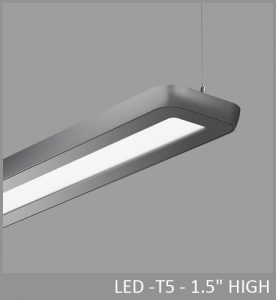
- CANYON

- CAVA

- CLUSTER ACOUSTIX

- CLUSTER PENDANT

- Cluster Pi
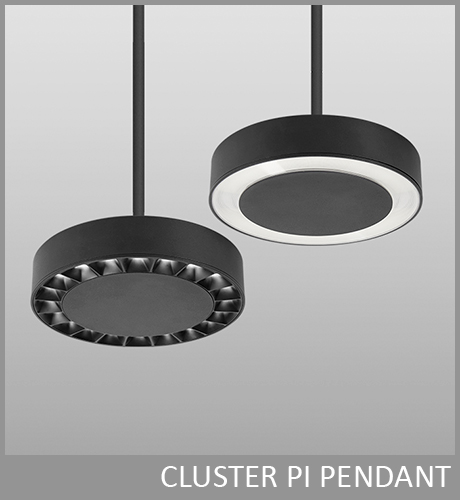
- CURVIA 2 PRISM

- CURVIA 2, CURVIA 3, CURVIA 4

- CURVIA MINI

- ELIA

- FLAIR CYLINDER

- FOLIA ACOUSTIX

- FORMA

- FORTEX

- HEX

- MEDIUS
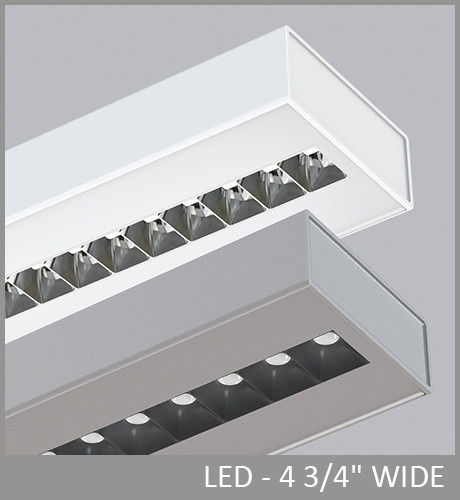
- MIKRO

- MIKRO PLUS

- MIKRO WAFER

- MINI PIVOT

- MINI PIVOT FIXED LINEAR

- ORY

- PAZ

- Petite Cylinder

- PIVOT

- POLY

- POP COLOR

- POP CORE
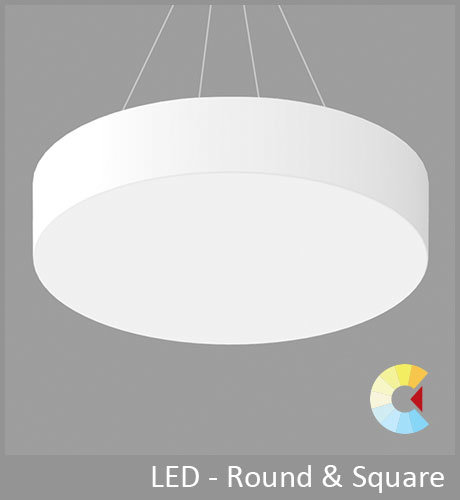
- Pop EchoCore™

- QUAD

- RIM MULTIPLES
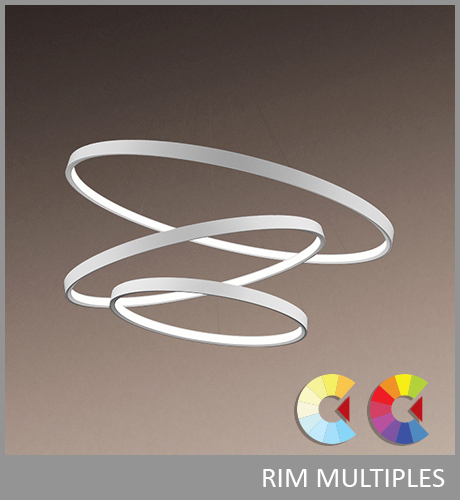
- RIM SEGMENTS & RIM SYSTEMS

- RIM SHAPES

- RIM VERSO ACOUSTIX

- REVEN

- REVO

- REVO 3

- SELKA

- SHELL LINEAR

- SHELL ROUND

- SHELL SQUARE

- SMILE
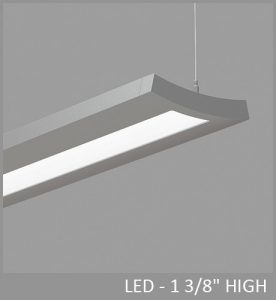
- SQUERO

- SQUERO ACOUSTIX

- SQUERO COMBINATIONS

- SQUERO HUBS

- TAB

- TOGO

- TOGO ACOUSTIX

- UBIK
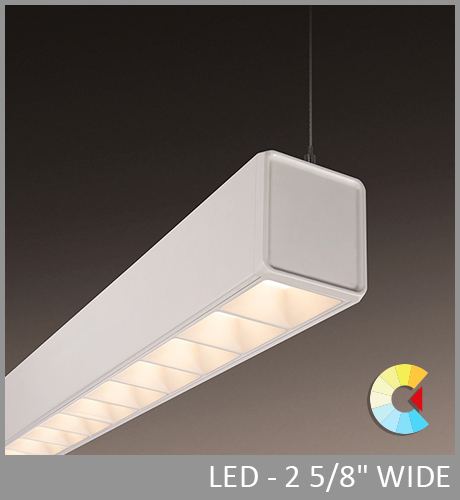
- UBIK COMBINATION

- UBIK CUBE

- VIA 1.5

- VIA 1.5 ACOUSTIX

- VIA 2

- VIA 2 ACOUSTIX

- VIA 2 PRISM

- VIA 2 PRISM COMBINATION

- VIA 3

- VIA 4

- VIA 5

- VIA SEAL

- VIA SPLASH – IP66

- VIA STIL

- VIA WET

- VOILA 2

- VOILA 4

- AERA 2″ CYLINDER
- CYLINDER-CUBOID
- WALL
- AERA 2″ CYLINDER
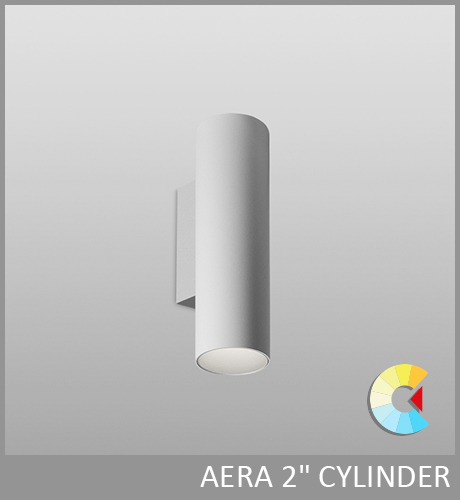
- AERA 3″ CYLINDER

- AERA 3″ FLEX CYLINDER

- AERA 4″ CYLINDER

- AERA 4″ SEAL CYLINDER
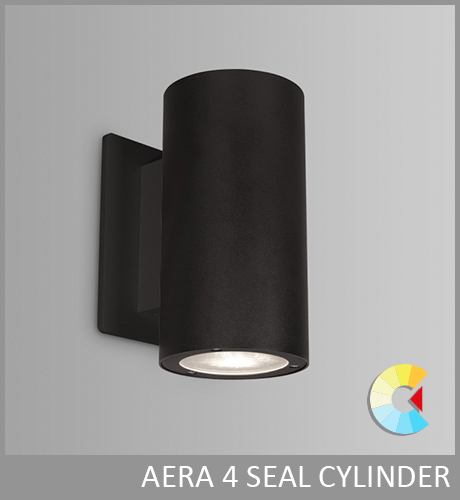
- AERA 5″ CYLINDER

- AXLE

- CANYON

- CUBITO

- CURA

- Dot, Box, Dot Cylinder

- FLAIR CYLINDER
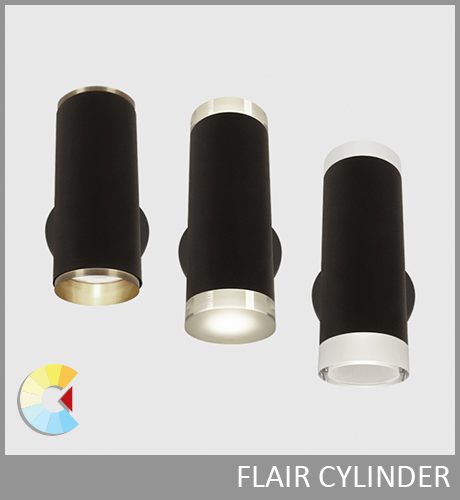
- FORTEX

- HEX

- MEDIUS

- MIKRO

- MIKRO PLUS

- ORY
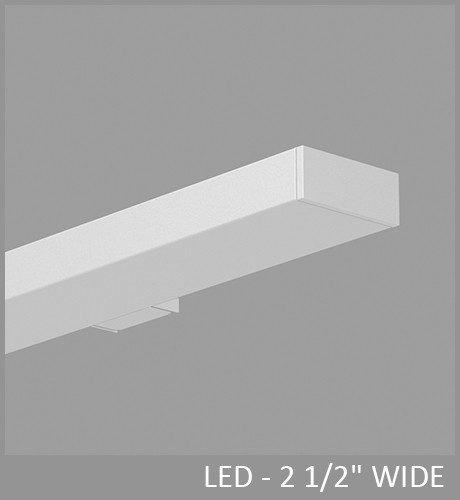
- POLY

- POP CORE

- QUAD

- REVEN

- SHELL ROUND

- SHELL SQUARE

- SMILE

- SQUERO

- SQUERO COMBINATIONS
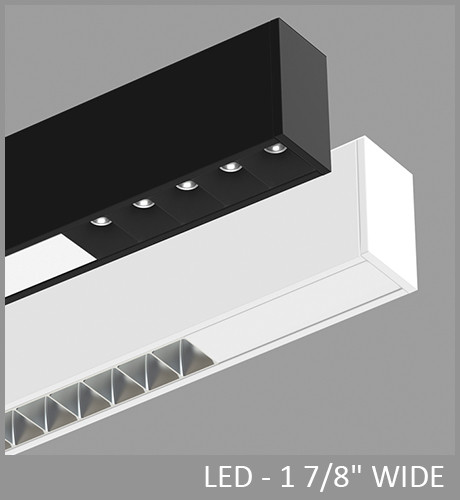
- TOGO

- UBIK

- UBIK COMBINATION

- VIA 1.5

- VIA 2

- VIA 3

- VIA 4

- VIA 5

- VIA SEAL

- VIA SPLASH – IP66

- VIA WET

- WALO (horizontal)

- WALO (vertical)
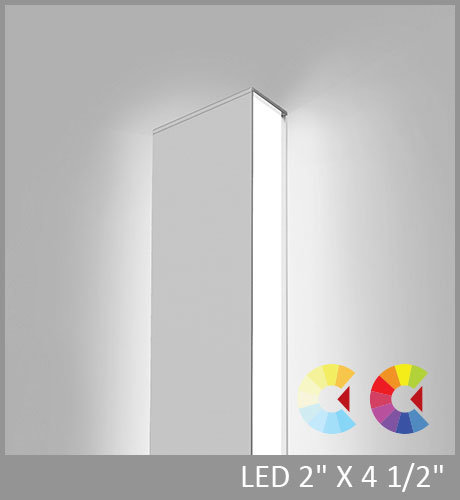
- AERA 2″ CYLINDER
- WALL-RECESSED
- COVE
- WALL WASH
- ASYMMETRIC
- PERIMETER
- Healthwerx
- Pivot system
- ACOUSTIX
- Weather Series
- Declare Products
- AERA 2″ CYLINDER

- AERA 2″ DOWNLIGHT

- AERA 3″ CYLINDER

- AERA 3″ DOWNLIGHT

- AERA 4″ CYLINDER

- AERA 4″ DOWNLIGHT

- AERA 5″ CYLINDER

- CLUSTER SURFACE

- CUBITO

- CURVIA 2, CURVIA 3, CURVIA 4

- CURVIA 2 PRISM

- CURVIA MINI

- ECANA 3″ DOWNLIGHT

- ECANA 4″ DOWNLIGHT

- ECANA 6″ DOWNLIGHT

- EVOQ

- INWALO

- VIA 1.5

- VIA 2

- VIA 4

- VIA PERIMETER

- VOILA 2 DOWNLIGHT

- VOILA 4 DOWNLIGHT

- AERA 2″ CYLINDER
- Downloads
- TECHNOLOGIES
- Resources
- GALLERY
- Healthwerx
- Company
- AGENT LOCATOR
Achieving Well Standard v2
The impact of interior lighting on human wellness is one of 11 concepts that make up WELL Standard V2: LIGHT. Research indicates that lighting can also impact other areas of the WELL Standard, SOUND and MIND, in particular.

LIGHT Features
LIGHT is comprised of eight distinct features that explore the impact of light in the built environment:
| Feature | Key Variable | |
| L01 | Light Exposure and Education (pre-condition) | Daylight |
| L02 | Visual Lighting Design (pre-condition) | Illuminance design |
| L03 | Circadian Lighting Design (optimization) | Luminaires with spectrum optimized for EML |
| L04 | Glare Control (optimization) | Luminaires with good glare control |
| L05 | Enhanced Daylight Access (optimization) | Daylight |
| L06 | Visual Balance (optimization) | Surface luminance design |
| L07 | Electric Light Quality (optimization) | Luminaire color quality and flicker |
| L08 | Occupant control of Lighting Environment (optimization) | Personal control and task lighting |
SOUND Feature S04
FEATURE S04: Sound Absorption
Lighting can assist in the sound feature (S04) using acoustical luminaires to absorb sound and help improve reverberation times. Reverberation time is simply the Echo in the room.
Lumenwerx and WELL: Luminaire selection
Lumenwerx can help designers and architects meet WELL standards in four features related to luminaire selection:
• L03 Circadian Lighting
• L04 Glare Control
• L07 Electric Light Quality
• L08 Occupant control of Lighting Environment
• S04 Sound Absorption
Feature L03: Circadian lighting optimization
WELL standard for circadian lighting can be satisfied by earning either 1 or 3 points. This variance depends on the Equivalent Melanopic Lux (EML) levels registered by your electric lighting system.

NOTE
• EML levels must be measured between 9 a.m. and 1 p.m. and may include daylight
• You will need at least 1 point from L03 as a precondition for L01: Light Exposure and Education
Measuring Equivalent Melanopic Lux (EML)
Equivalent Melanopic Lux (EML) must be recorded vertically at eye level using the following formula:
EML=L x EML ratio
Measuring vertical illumination
The best way to measure vertical illumination at eye level is through one of:
• Indirect light distributions
• Direct/indirect light distributions
• Direct lighting with soft distribution (above 45 degrees)
Achieve the results you need with Luminaires that use:
• Bios LED
or
• Tunable white DUO
Recommended luminaires with bios LED
CLICK HERE
Feature L04: Glare Control
Today’s stringent energy codes have made under lit workspaces are a fact of modern life. The struggle is to provide enough light to keep people alert and focused on their tasks, while controlling glare that leads to eye strain. Achieving WELL v2 standard for Glare Control requires reducing glare through two requirements:
Part 1. Daylight
Part 2. Electric Light
Requirements: Glare control
L04 provides four ways to meet glare reduction requirements:
- Installing indirect luminaires
- Installing luminaires below 16 foot AFF or 5m with a UGR of 19 or lower
- Mounting luminaires above 16 foot AFF or 5m with a UGR of 22 or lower
- Installing fixtures with a luminance of less than 10,000 cd/m2, or 1,000 candela, between 45 degrees and 90 degrees from nadir
All recommended fixtures have been tested and verified base on all four requirements stated above.
View luminaires
CLICK HERE
Feature L07 Electric Light Quality
While the volume of light in a room is important, the quality of that light is also key. This means taking light colour into consideration, and ensuring trusted light engines are used. WELL feature L04 addresses the quality of electric light in a space, with the goal of promoting wellness for the people who occupy it.
Requirements: Ensuring colour rendering quality (1 point)
Feature L07 governs the use of LED light sources and low-flicker electronics. As such, all electric lighting in a space (with the exception of decorative, emergency or special-purpose lighting) must meet at least one of the following requirements: Requirements: Managing flicker (1 point)
Requirements: Managing flicker (1 point)
All electric lighting in a space (with the exception of decorative, emergency or special-purpose lighting) must meet at least one of the following requirements:
- Minimum frequency of 90 Hz at all 10% light output intervals, from 10% to 100% light output.
- LED fixtures with a “low risk” flicker level (light modulation) of less than 5% – especially below 90 Hz operation as defined by IEEE standard 1789-2015 LED.
All Lumenwerx luminaires meet this criteria with all listed driver options, when 90 CRI or bios LED is selected.
View luminaires
CLICK HERE
Feature L08 Occupant Light Control of Lighting and Environment
When the people in a room can control the lights themselves, their enjoyment of a space increases dramatically. This is why Feature L08 requires that lighting systems, even those that are automatically controlled, allow room occupants to exert control over specific aspects of the lighting scheme.
Requirements: Part 1 – all spaces
WELL Feature L07 mandates that ambient lighting systems in a regularly occupied space, are:
- Human-centrically tuned and automated to maximize circadian and visual comfort.
- Able to be overridden by room occupants for at least 30% of operating hours. This includes control over dimming, colour temperature and the colour of electric light in their immediate environment.
Requirements: Part 2 – all spaces except dwelling units
WELL V2 also requires that in workspaces where people will be performing specific tasks, supplemental (task) light fixtures:
- Allow occupants to increase light levels at least two times above those indicated in Feature L02 of Visual Lighting Design.
- Must be included as part of the master lighting design concept with no additional costs.
Additionally, Part 2 requires that supplemental fixtures must be provided within eight weeks of an employee request.
View luminaires
CLICK HERE
Feature S04 Sound Absorption
By using sound absorbing luminaires in wide open spaces, we can assist with this WELL feature. At Lumenwerx we have developed an easy acoustic calculator to assist in simple calculation for our 9 Acoustix luminaires.

Recommended luminaires
CLICK HERE
Acoustic calculator
CLICK HERE









